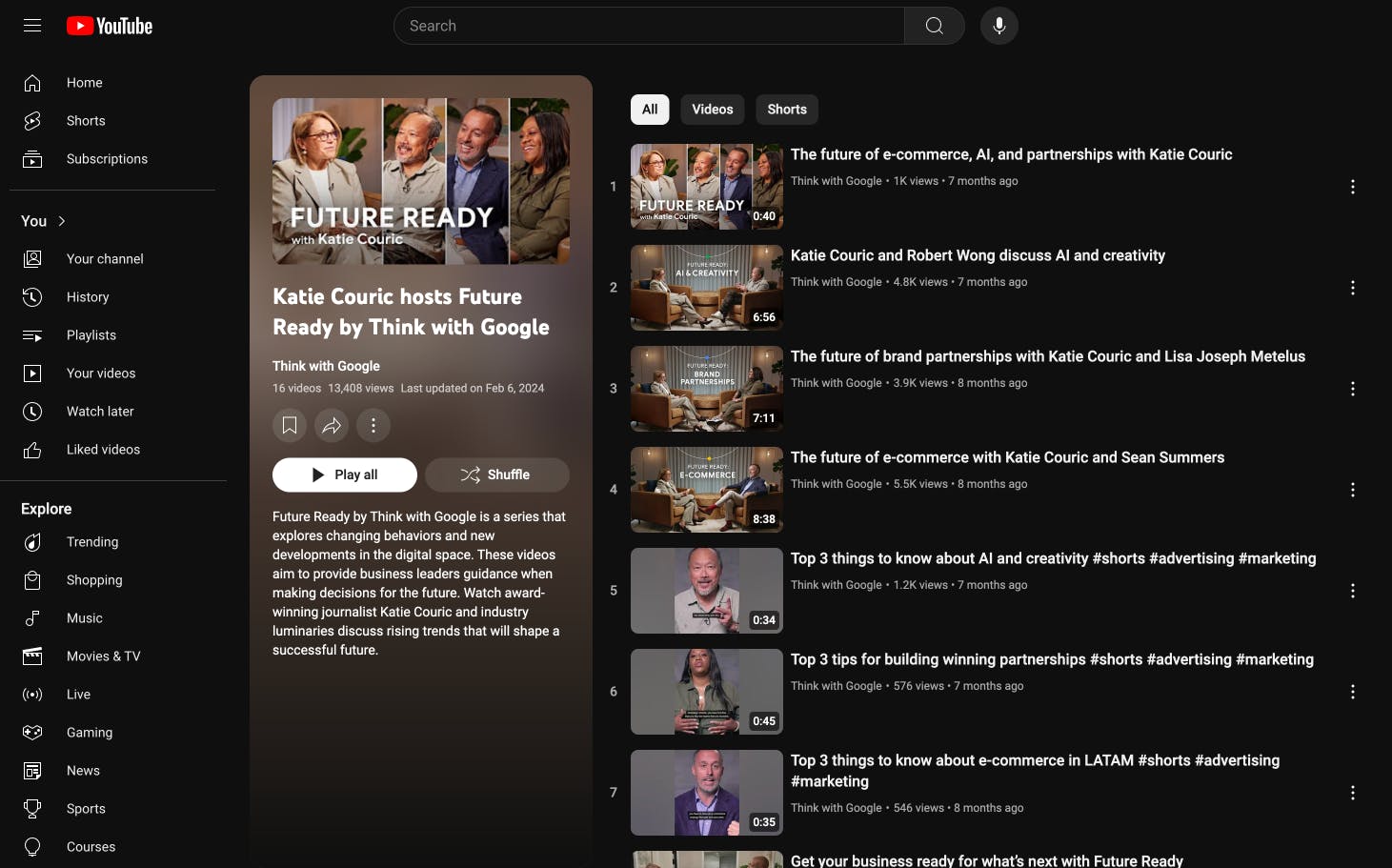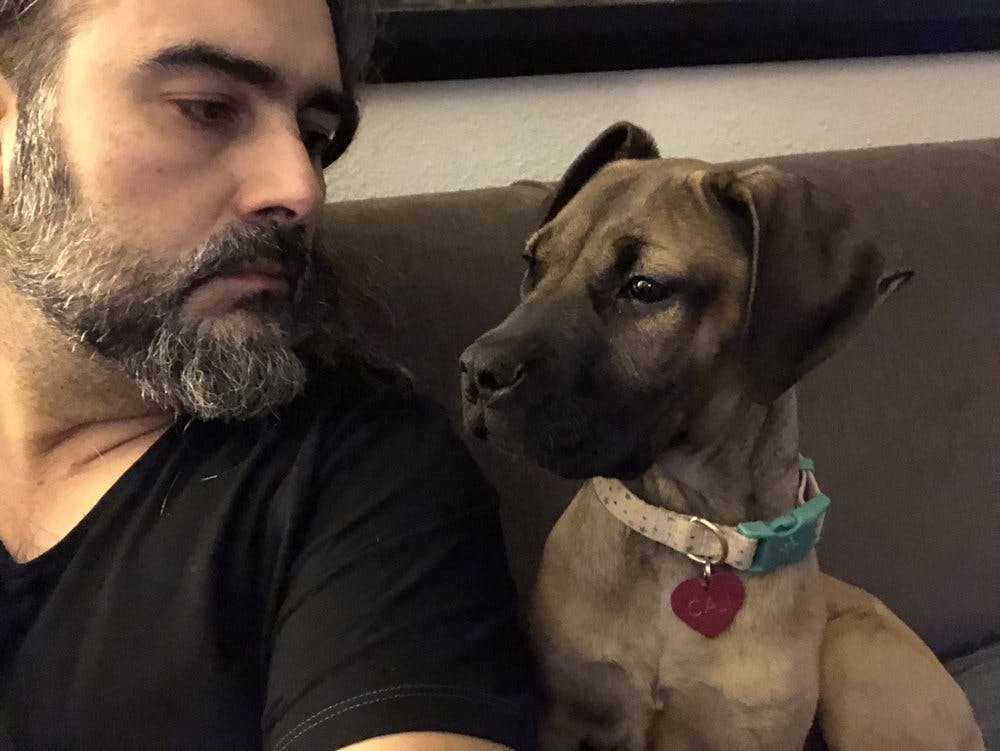
Holumpa
Illustrator

I think it's important to remember people have skill sets and experiences outside their "regular" role. Like the proofreader who's spent decades as a professional photographer, or the copy lead that started out as a designer. Getting to know people on a human level has enabled me to find secret superpowers, and at the same time build trust so when there is a gap, I can bring it up in a way where they know I'm looking out for them, and are less likely to become defensive or dismissive.
As an example, when I asked an animation lead to learn ways to automate parts of our workflow, he embraced the challenge and the expansion of his team's skillset and career options, instead of having to hire more people or lean on an offshore model. Instead, we were able to deliver much more efficiently with a small team, without compromising timelines or product quality.
1. Context is crucial, always ask why. Most of the time, people don't hire you to make a thing, they need your help solving a problem – even if they don't phrase it that way.
2. I once heard someone say that In order to be interesting, first you have to be interested. Finding out everything I can about the project, the brand, the subject matter, and getting the story and the charts just right for the presentations, helps find confidence and communicate more effectively.
3. Making sure everyone involved is aware of what we're doing (and why) keeps projects on track and helps identify spots for exploration and delight.
4. Quality is everything. Even the best ideas can backfire if the execution is bad.
I can find something interesting in almost any project. So for me it's usually less about what it is, than who I'm doing it with. And for.
My most recent role was as lead of a group of 100+, so there were always multiple things going on. For me, the most important thing was to avoid becoming a bottleneck, so I ended up filling all those little gaps between one call and the next with Slack messages to people who needed decisions or information for me.
The other trick is, instead of trying to do multiple things at the same time, I'd try knock out the quick ones right then and there, and to stack my days to try to get bigger chunks of continuous time to dedicate to individual projects or the more challenging tasks. And finally, and perhaps most importantly, was to build a community around me that I could trust and delegate decisions to.
It's always better to know, than to not know. I believe authenticity is one of the most important aspects of branding and marketing, and in order to show up authentically across any channel, it's crucial to understand not just the audience, but the product itself, and its competitive landscape.

Up until recently I spent nearly a decade working as an agency-side creative lead on a team dedicated to Google and its many products and brands. We worked on creative, strategy, UX, and production for digital campaigns, videos, and presentations, from global transcreation projects for YouTube, to creating original content for Think with Google's YouTube channel, to building an embedded UX team to work on Product and Content Design for their internal projects and tools.
My family moved to the US from Brazil when I was a teenager, so even though I grew up in the Midwest and essentially as an American, I've always had a bit of that immigrant mindset. My dad's side of the family were mostly lawyers and small business owners, where on my mom's there were teachers, artists, and musicians. Clearly I take after my mom, and went to art school in Chicago, where I spent most of my life and where I met my wife and both our girls were born.
Being a creative in Chicago, you almost by default fall into the ad industry, and I was no different. Before earning my first Creative Director role, I spent time as a production artist, graphic designer, animator, front-end developer, video editor, presentation specialist, an art director. I moonlighted in IT and UX, and started an agency rock band.
About 13 years ago, we moved to California for my job, and I fell in love with the Bay. Since then I've worked mostly with tech clients, the past 10 years focusing on Google products and brands.
I once heard someone say that an artist is different than a creative in that art is up to the beholder, where the professional creative's work needs to be universally understood by anyone who sees it. So it's really not about MY style, but what the brand or product needs to communicate at that particular time, for that particular audience, in that particular channel. If I do leave anything of myself on projects, it's in the background – being easy to work with and paying attention to all the little details, from pitch to delivery.
A lot depends on the type of project. Storytelling can be a lot more linear in a video or presentation, versus a website or ad campaign. Overall, I try to stay true to the brand's essence, lean on the strategy, and pay close attention to any guidelines or best practices, especially accessibility standards and audience insights.
Some of my favorites were the illustration libraries. Working with brand entities in different countries as well as the global brand team, we helped our clients expand their character libraries in a more diverse and inclusive way, while getting key insights around what diversity meant in different markets like Japan, India, and Latin America. It doesn't just look great, but they performed well, solved a real problem for our clients, and I learned a ton. One of the most challenging projects was the YouTube Ads website, where we didn't just reskin with the new branding but re-imagined the entire user experience from UX to photography and had to find ways to create consensus from more than 20 stakeholders in the brand and marketing teams from both YouTube and Google Ads brands, along with the internal dev team who would take on the final build.









